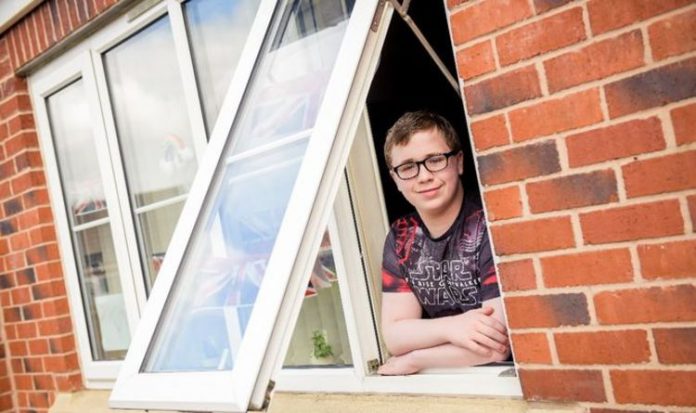Instead the Government has announced that it is switching to “soft advice” for those who are at a high risk of dying if they catch Covid-19. Earlier in the year vulnerable people were urged to stay home at all costs to avoid catching the disease. But as we head into the Winter they are instead being given advice on how best to protect themselves.
They will also be able to choose how strictly to follow the guidance.
Officials said some followed the advice too literally the first time and that it had devastating impacts on people’s mental health.
Now, the 2.2million people on the “clinically extremely vulnerable” list will be sent letters outlining what measures they can take depending on how bad the outbreak is in their area.
The guidance will line up with the new three-tier lockdown system which splits the country in ‘medium’, ‘high’ and ‘very high’ risk areas.
Local authorities will be able to appeal for full shielding to be brought back if the situation is desperate, but none of the three alert levels will trigger it automatically.
People on the list, who will be informed of the advice changes by post, include those who have had organ transplants, cancer patients and those with severe lung disease.
The vast majority of the 90,000 children included on the first list no longer have to shield because they appear to be so unaffected by the virus.
Deputy Chief Medical Officer for England Dr Jenny Harries urged all those affected to follow the specific guidance for their areas.
“Over the last few weeks, we’ve seen a sharp increase in the prevalence of the virus across the country and we know those who are clinically extremely vulnerable are looking for practical advice on how they can carry on their lives while the virus remains in our communities,” she said.
The new system will provide clarity on how best those in this group can keep themselves as safe as possible depending on the rates of transmission in their local area.
“Whilst advisory, I would urge all those affected to follow the guidance wherever they can and to continue to access health services for their medical conditions.”
The advice people are given will vary depending on the extent of social distancing rules and lockdowns for their local area.
In the ‘medium’ tier, which is the lowest risk level and currently encompasses the entire of the South of England and London, vulnerable people will simply be advised to be strict about social distancing, only meet other people outside if they can and avoid public transport.
People should work from home if they can – which is the general guidance anyway – but it should be safe for them to go to work or school if it’s unavoidable.
In the next tier ‘high’, which includes most areas across the North West and North East of England, as well as Birmingham, Leicester and Nottingham, people are advised to cut down the number of people they meet.
They should stay home “as much as possible” and only take essential journeys. Online shopping is preferable to going out, or people could ask friends or relatives to drop off food and medicines for them.
In the strictest lockdown rules, which currently only apply in Liverpool, extremely vulnerable people should follow all the above rules but be stricter about meeting people and going out.
The guidance implies people in the worst-affected areas should stay home all the time if they can, but stops short of saying it.
But charities warned the new guidance will put many people at risk.
Phillip Anderson, from the MS Society, which is part of a coalition of charities supporting clinically vulnerable people, said: “The Prime Minister told us yesterday that COVID-19 is once again “spreading among the elderly and vulnerable”. Yet today, the new shielding guidance doesn’t amount to a plan to protect the millions of people particularly vulnerable to COVID-19. Instead, it simply confirms there isn’t one.
“In most areas of the country people living with long-term or life-threatening health conditions like multiple sclerosis, cancer, lung conditions and diabetes are expected to protect themselves. In the absence of much of the practical support that was in place in the first wave, vulnerable people who have fewer savings, fewer family, or are not able to work from home have no choice but to simply carry on and risk their health.
“Where cases are so high that people who can’t do their job at home would be advised to avoid work, the Government’s only response to the massive financial concerns this would raise is that they “may” be eligible for some benefits. Vulnerable people deserve to know they will be supported through this crisis.”







